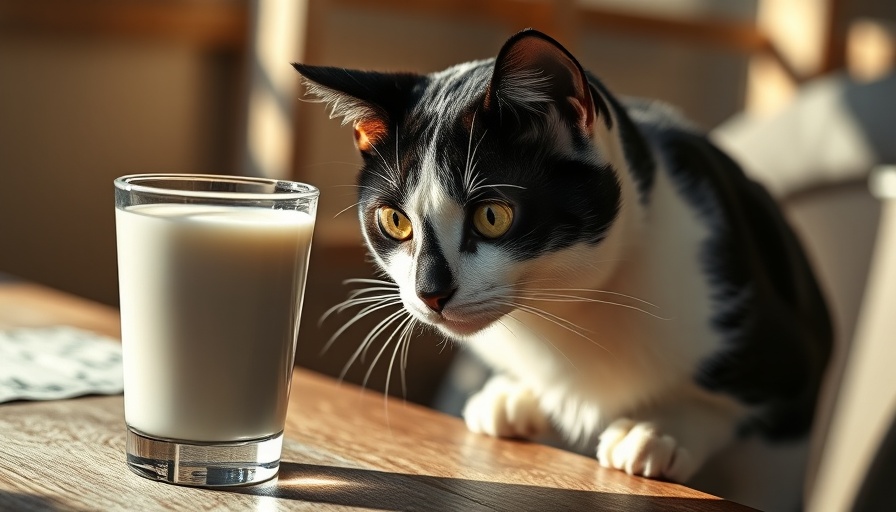
Are Your House Cats a Hidden Health Threat?
The rise of H5N1, a strain of bird flu, has caught the attention of public health experts, particularly regarding its unexpected transmission to house cats. With an increase in cases among domestic cats, many health enthusiasts are now questioning the impact of our beloved pets on public health.
Understanding Bird Flu: The Risk to Your Feline Friends
Since 2022, the H5N1 strain has infected over 80 domestic cats, often linked to raw diets or unpasteurized milk consumption. Although there’s no confirmed transmission from cats to humans yet, the risk remains, especially for those who share close quarters with these animals. As virologist Angela Rasmussen points out, cats may unwittingly bring home viruses from the outside, raising concerns for health-conscious individuals.
Daily Precautions: Keeping Both Pets and Humans Safe
Health-savvy cat owners are encouraged to adopt preventive measures to safeguard both their pets and themselves from potential health threats. By avoiding raw diets for your cats and keeping them from interacting with wildlife, you can significantly reduce the chances of exposure to the H5N1 virus.
Emotional Connections: A Double-Edged Sword?
As much as we cherish snuggling with our cats, it’s essential to recognize the potential for zoonotic transmission. Regular veterinary check-ups and vaccinations ensure your cat's health, but it's crucial to maintain a secure environment and be aware of any symptoms that could indicate illness, such as runny noses or neurological problems.
The Future of Pet Health: A Catalyst for Change?
This emerging situation poses an opportunity for pet owners and health enthusiasts alike to reevaluate our relationships with our pets. As we embrace more natural diets and holistic wellness strategies, understanding the implications of these choices is key to fostering a healthier home.
 Add Row
Add Row  Add
Add 




Write A Comment